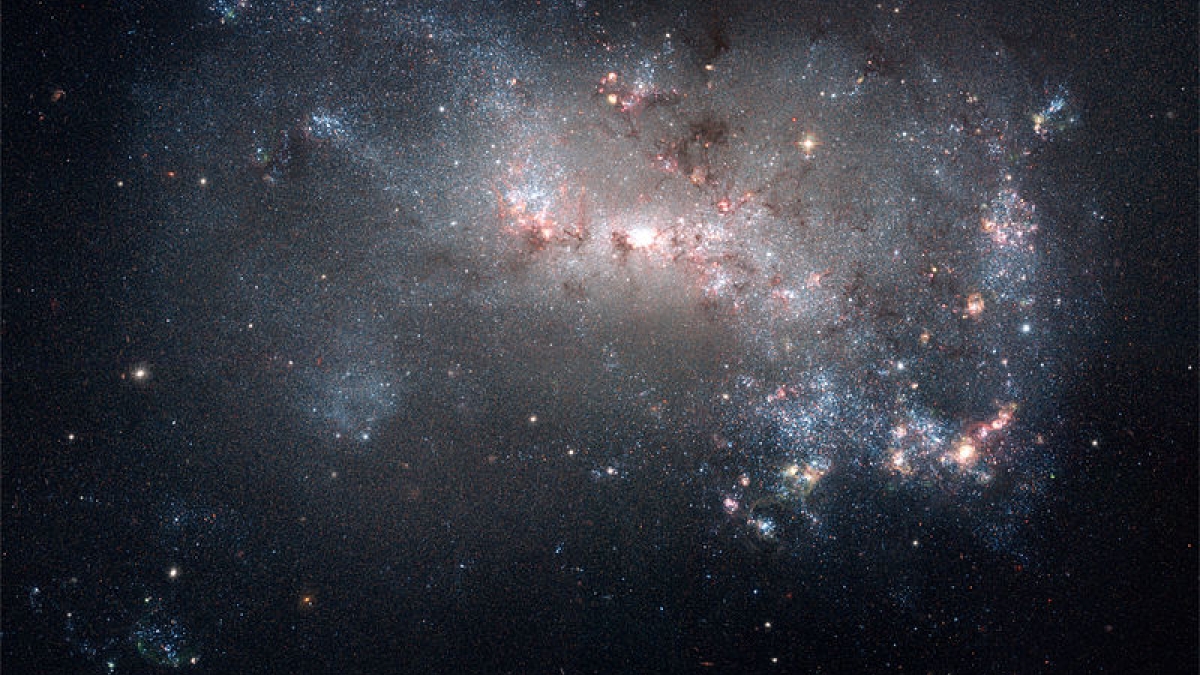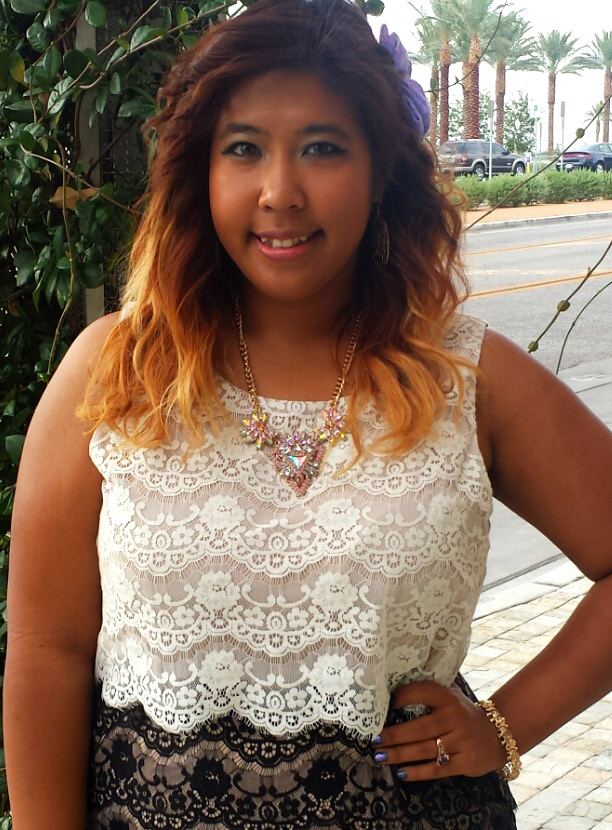Editor's note: Leading up to Homecoming, we'll be running several stories a week on ASU alumni. Find more alumni stories here.
Some may have found that scene in “Gravity” where Sandra Bullock is floating untethered through space to be rather frightening, but Pye Pye Zaw thinks floating in microgravity is “majestic.”
The ASU School of Earth and Space Exploration alum — who is now a space systems engineer at Bigelow Aerospace in Las Vegas — had the pleasure of working on projects with NASA while still an undergrad, thanks to the ASU/NASA Space Grant.
To Zaw (left), the importance of exploring space is obvious.
“As inhabitants of one planet around one star in one galaxy out of billions of galaxies, we really don't know much about our universe. ... The technology used to explore space alone is oftentimes spun off into earthly innovative technologies such as an artificial heart,” she said. “In addition, Earth may no longer be viable for life in the not-too-far future, and when that time comes, we should be ready to relocate for the survival of our species.”
Zaw recently took time out of her busy schedule to talk to ASU Now about working with NASA and how to find success as an aerospace engineer.
Question: At what point in your life did you know you wanted to pursue a career in the aerospace industry?
Answer: There were definitely a lot of moments in my life that intrigued me about space exploration since I was about 5 years old, but I'd have to say that nothing made me more sure of a career in the aerospace industry than becoming weightless, floating in microgravity, all while monitoring my astrophysics engineering experiment. There was something truly majestic in that moment in time where you are defying gravity.
I was the project lead for a NASA Microgravity University Reduced Gravity Program, so I saw the project from start of concept realization to the final report writing, and even to seeing the project off for another team to improve on once I had graduated. The whole experience really makes you appreciate the endless possibilities of the aerospace industry.
Q: How has your experience at ASU helped to put you in the position you are in today?
A: My program was absolutely the best and extremely influential as most of it was very hands-on and the professors were able to provide a lot of attention to all of the students in our relatively small classes. The microgravity opportunity I participated in taught me a lot about effective technical writing, project management, manufacturing, environmental testing and communicating with external partners, or customers.
I participated in the high-altitude balloon payload program through the ASU/NASA Space Grant for two years, which taught me a lot about engineering designs and teaching others technical skills. My favorite class, Space Systems Engineering, taught me a lot about the process of the development to execution of a space mission; I still use the knowledge from that class to excel at my job today as a space systems engineer.
Q: What is your favorite part of the work you do today?
A: My favorite part of the job is the interaction with other companies, and especially NASA since I was hired for Bigelow Expandable Activity Module. It's a privilege to be responsible for the documentation and verification of such an innovative project. Another one of the best parts of working at Bigelow, so far, was being able to see the work of the team come all together in real life, when it's standing right in front of you. Words cannot describe the feeling of gratification just seeing it on the flight integration floor.
Q: What are some of the most interesting projects you’ve worked with NASA on?
A: During college I participated in the NASA Microgravity University Reduced Gravity Program where we studied dust (space dust is typically metallic, like aluminum or silicone) coagulation in microgravity, which implies the process of planetary formation. I also participated in the NASA High Altitude Student Payload Program where we studied the effectiveness of solar concentration and tracking methods in near space. I was also a research intern for the NASA Lunar Reconnaissance Orbiter Camera, my first real NASA space mission.
My most recent project with NASA is the Bigelow Expandable Activity Module (BEAM). This project is a technology demonstration for inflatable space habitats. BEAM will be launching on SpaceX CRS-8 to the International Space Station this fall, where it will be extracted from SpaceX Dragon Trunk and placed on Node 3 Aft for two years. I worked on this project right out of school, two years ago when it was first taking off and I am currently finishing up the last of the verifications for its imminent flight.
Q: What advice would you give to aspiring aerospace engineers?
A: Do the research and see what kind of work environment allows you to grow personally and professionally. More importantly, being quick to learn, open to opinions and criticism, being resourceful and being a good communicator, which includes proper technical writing skills, will help anyone looking to get into the aerospace industry.
Q: Anything else you’d like to add?
A: Take internship opportunities whenever you can. These experiences are extremely valuable throughout your career.
The School of Earth and Space Exploration is a unit of the College of Liberal Arts and Sciences.
More Science and technology

CSI: Mars
By Wendee NicoleTravelling to Mars has loomed large in the public’s imagination since at least the late 1800s when H.G. Wells' “War of the Worlds” tale of a Martian invasion was serialized in print.…

ASU research is helping solve crimes
On TV, detectives solve crimes in 43 minutes (plus commercial breaks). In real life, it takes much more time — and many more minds, including researchers discovering new ways to analyze evidence and…

Compact X-ray laser lab aims to reveal deep secrets of life, matter and energy
X-rays allow us to view inside the human body to diagnose broken bones and other hidden problems. More recent X-ray advances are making it possible to see events at the scale of atoms and molecules,…



